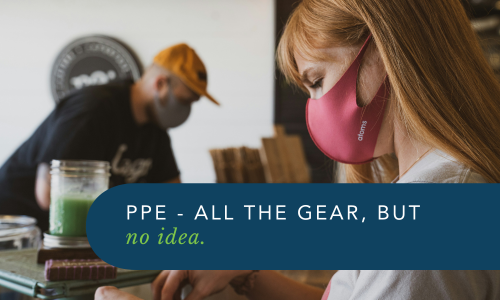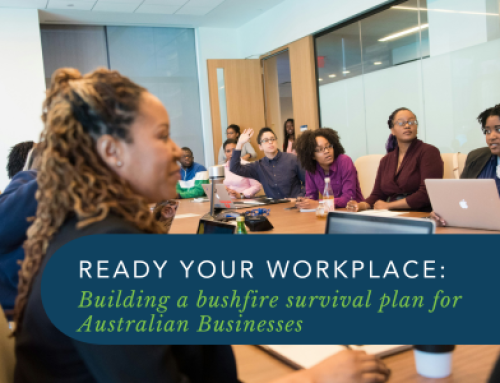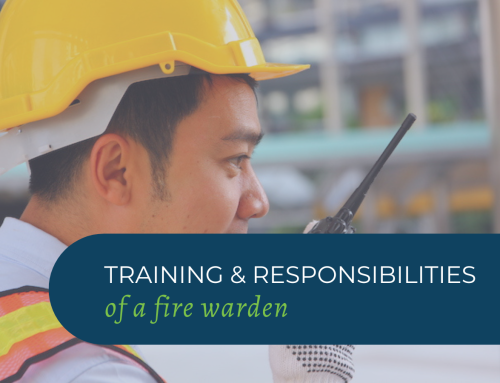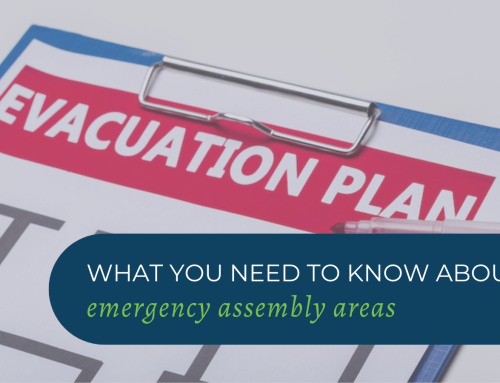Before COVID, most people had never heard of or knew much about personal protective equipment. But for some of us, PPE has been part of our workday life for years. But there’s no point having all the correct PPE if no one knows how to use it, or if it offers protection for them.
When completing a risk assessment of tasks or duties required by your workers, the ideal outcome is to be able to eliminate any associated risk to safety and wellbeing.
If this is not possible, there needs to be a way of decreasing the risk to workers health & safety. The lowest level of control measures is using personal protective equipment, so it’s important to get it right.
What is PPE?
Personal protective equipment, or, ‘PPE’ is anything a worker uses or wears to keep them healthy and safe when performing a task. Choosing PPE should be done in consultation with those who will be required to use it, along with health & safety representatives, manufacturers and maybe subject matter experts.
As an employer, it is your responsibility to provide the appropriate PPE to your workers (and visitors) and ensure that they know how to use it, clean it and store it correctly.
When choosing PPE, employers and managers must ensure that it:
- protects the worker’s health and safety;
- is the right PPE for the work, and any hazards posed by the work;
- fits properly and is comfortable, and
- is compatible with other PPE worn (for example, a combination of protective eye wear, hearing protection and a hardhat).
Types of PPE
Once risks have been assessed and measures have been put in place, the range of PPE is almost endless. The PPE chosen to be used should be fit for the purpose.
PPE can include:
- hard hats
- earplugs
- gloves
- goggles
- respirators
- sunscreen
- safety harnesses
- safety boots
- high-visibility clothing
- clothing to protect from extreme temperatures or chemicals
Thinking back to our introduction to PPE through COVID, how many types of gloves and masks were available? What is it that I want each particular item of PPE to do?
Gloves- what is my aim? To protect hands from being soiled or from being burnt or cut?
Ear plugs -where is the task being carried out & for how long? It may be difficult to insert ear plugs with greasy hands, so earmuffs may be more suitable. Workers who wear glasses may not be able to get a secure fit with certain types of ear protection.
Safety glasses & visors- what protection do I need? Do I want to stop liquids, aerosols or debris from entering the eye or am I wanting to stop burns from welding? Do they meet the Australian Standards for what they are being used for.
It is important to understand the different type of masks and the level of protection they provide, to ensure you use the appropriate mask for your workplace setting. Is the mask protecting against virus particles or to prevent the wearer from dust or other particles created during the task?
Protective clothing that helps regulate body temperature. Thermal jackets, gloves & hats for work carried out at low or freezing temperatures, clothing breathability and whether it inhibits the evaporation of sweat in hot conditions.
Things to consider
PPE is not for special occasions, or for when management are visiting. It’s for every shift. Workers also have a responsibility, when issued with PPE, that they must:
- use or wear it properly – the way they’re trained or instructed to
- to not misuse or damage it,
- tell someone in charge about any damage, defect or need to decontaminate it,
- Inform the manager if it’s not comfortable, doesn’t fit properly or causes an adverse reaction.
Remind workers that refusing to wear or use their PPE, or intentionally damaging or misusing their PPE, they can face disciplinary action or prosecution.
Wearing the correct PPE for the task, every time that task is performed means less workplace medical emergencies, latent illnesses and everyone goes home with 10 fingers, 10 toes (as long as they had them to start with).
Does your workplace need training on PPE? Get in touch with our team today to organise training tailored to your industry and organisation.
GET IN TOUCH
Are you ready for peace of mind that your workforce is as safe and prepared as possible?
With a dedicated team of staff ready to help you meet compliance requirements and improve the overall safety of your workplace, all you need to do is get in touch.
Request your free audit today!



